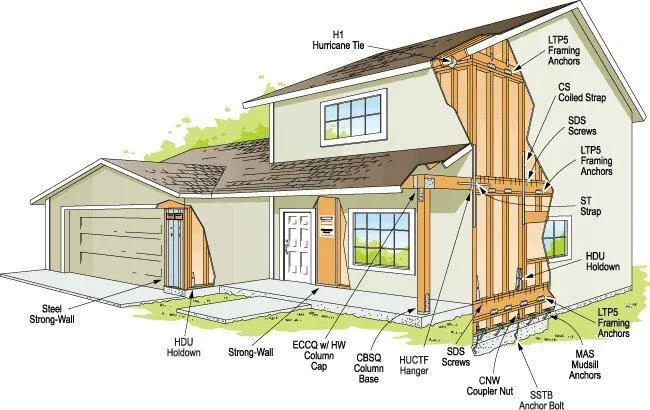
Smart Renovation Planning for Older Homes in Earthquake Zones
Older homes have a timeless charm, unique architecture, historic details, and a story that newer houses can’t replicate. But if your beloved home is in an earthquake-prone area, that vintage character may come with hidden risks. The good news? With smart renovation planning, you can strengthen your home’s safety without sacrificing its historic appeal.
Why Older Homes Need Special Attention
Many homes built before modern building codes lack the structural reinforcements that help newer buildings withstand seismic forces.
Foundations may be shallow, walls may lack proper bracing, and heavy materials like brick chimneys can pose hazards during a quake.
If you own or plan to buy an older home in an earthquake zone, proactive upgrades can protect your family, preserve your investment, and even lower insurance premiums.

Key Steps for Smart Earthquake-Ready Renovations
1. Start with a Seismic Assessment
Before any work begins, hire a licensed structural engineer to evaluate your home’s vulnerabilities. They’ll inspect the foundation, framing, roof, and connections between different parts of the structure. A detailed report will guide your renovation priorities.
2. Prioritize Foundation Bolting and Bracing
One of the most effective upgrades is to bolt the house frame to its foundation. Many older homes simply rest on the foundation without adequate anchoring, making them prone to sliding off during strong shaking. Adding bracing in crawl spaces or basements can also help resist lateral movement.
3. Reinforce Cripple Walls
Homes with a crawl space often have short walls between the foundation and the floor — known as cripple walls. Unreinforced cripple walls are notorious for collapsing in earthquakes. Installing plywood shear panels or steel bracing can greatly improve stability.
4. Retrofit Unreinforced Masonry
Brick chimneys, stone facades, or unreinforced brick walls add character but can crumble in a quake. Securing or replacing these elements, or adding internal bracing, is vital. In some cases, partial removal or replacement with lighter materials may be the safest option.
5. Upgrade Connections and Fasteners
Ensure that roof, floor, and wall connections are secure. Metal straps, anchor bolts, and modern fasteners can tie the whole structure together, distributing seismic forces more effectively.

Balancing Safety, Preservation, and Practical Steps
Many homeowners worry that retrofitting means sacrificing their home’s historic charm, but most seismic upgrades happen behind the scenes, inside walls, crawl spaces, or basements, leaving visible features untouched. By working with experienced contractors who specialize in historic properties, you can ensure that essential reinforcements respect your home’s unique character.
Beyond structural work, remember that safety includes smaller but crucial steps: secure water heaters, large furniture, and heavy wall hangings, and consider installing automatic gas shutoff valves. An earthquake emergency kit is another smart precaution that can prevent injuries and limit damage when the unexpected strikes.
Above all, always work with licensed professionals who understand the complexities of earthquake retrofitting. They’ll guide you through local building codes, permits, and cost-effective solutions, helping you protect your home’s beauty while strengthening it for the future.
Ready to make your older home earthquake-ready?
Contact our expert team today 📞510-545-9622 to start planning safer, stronger future for your historic home.
